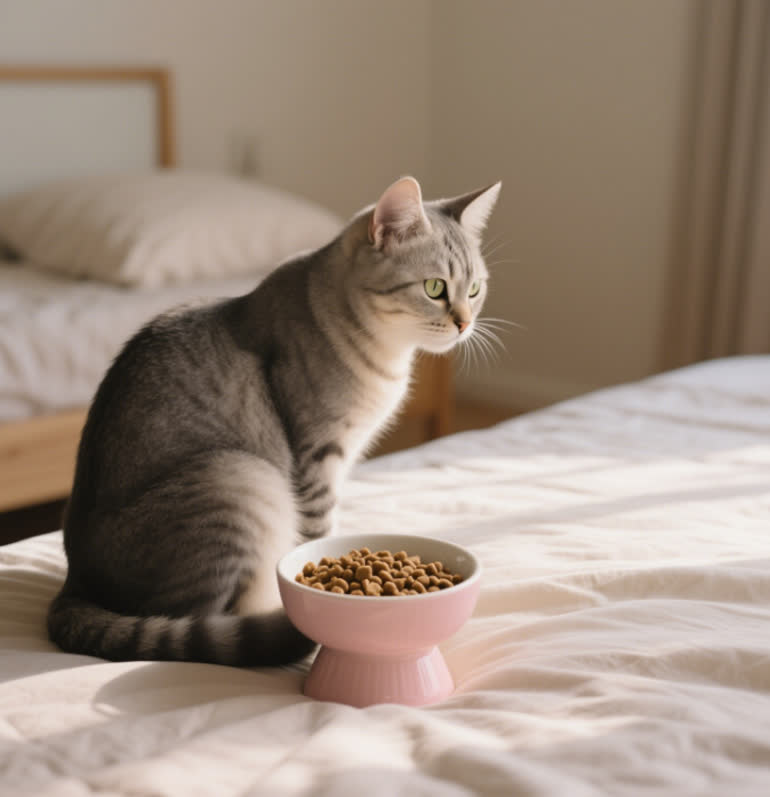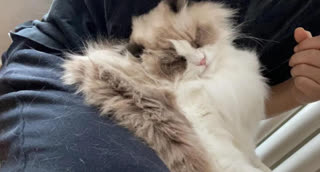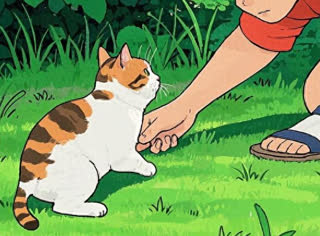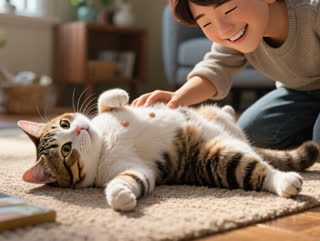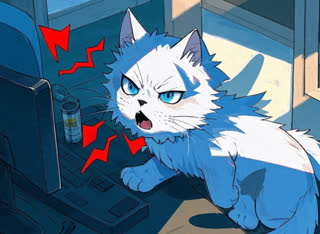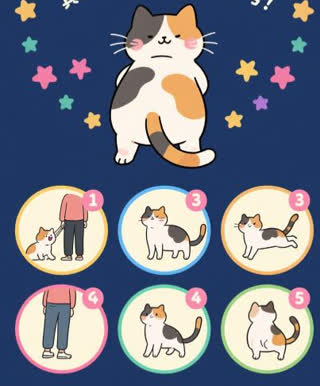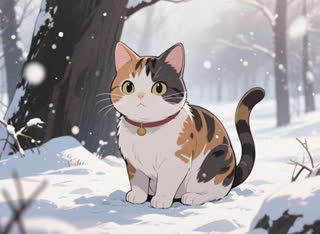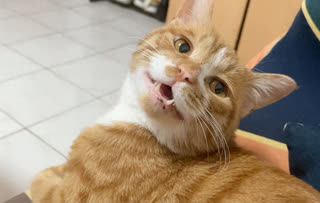Understanding the Seriousness of Feline Anorexia
Cats refusing food for over 24 hours constitutes a medical emergency. Unlike humans, felines rapidly develop hepatic lipidosis (fatty liver disease), which can become fatal within 72 hours. This guide combines veterinary wisdom with practical home solutions.
Common Causes with Symptom Checklists
Medical Causes (Require Vet Visit)
Dental issues: Drooling, pawing at mouth, bad breath
GI problems: Vomiting, diarrhea, lethargy
Kidney disease: Increased thirst, weight loss, dull coat
Environmental Stressors
New pets (45% of cases)
Changed feeding location (28%)
Dirty bowls (documented in 63% of "picky eater" cases)
Immediate Action Plan
The 4-Hour Test: Offer three options:
Warm canned tuna juice
Plain boiled chicken
Vet-recommended recovery food
Syringe Feeding Technique:
Use 5ml syringe
1/4 teaspoon portions
Aim for side cheeks
Advanced Solutions
Food Temperature: Heating to 101°F (38°C) increases acceptance by 40%
Texture Modification: 82% of cats prefer pâté over chunks
Feeding Puzzles: Mental stimulation increases intake by 35%
When to Rush to Emergency Vet
🚨 Red flags:
Not drinking water (12+ hours)
Labored breathing
Cold extremities
Prevention Strategies
Routine dental cleanings (prevent 78% of appetite issues)
Stress-reduction protocols:
Feliway diffusers
Consistent feeding schedule
Multiple water stations
